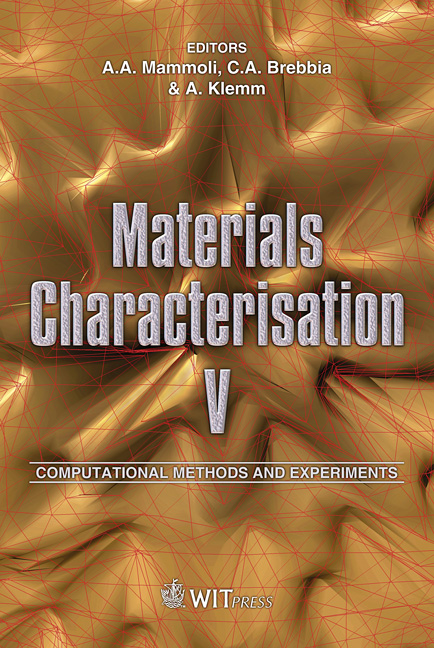Modeling Aspects Concerning The Axial Behavior Of RC Columns
Price
Free (open access)
Transaction
Volume
72
Pages
9
Page Range
175 - 183
Published
2011
Size
620 kb
Paper DOI
10.2495/MC110161
Copyright
WIT Press
Author(s)
H. O. Koksal, T. Turgay, C. Karakoç & S. Ayçenk
Abstract
This paper is concerned with the axial behavior of the RC columns. Stress-strain relationships of experimentally tested RC columns under concentric loading are compared with the predictions of the Koksal model. Moment-curvature analyses of RC sections are also performed employing the same model in a self-developed moment-curvature program for confined concrete. Results are compared with the output of EXTRACT which uses the Mander concrete model. Keywords: confinement, reinforced concrete columns, concentric loading, stress–strain relations. 1 Introduction Confining pressure on RC columns increases the concrete strength. Transverse reinforcements such as steel stirrups, FRP wraps, and steel jackets create a triaxial compressive stress state producing confinement action around the concrete core. Extensive research on the improvement of concrete confinement has been carried out since the pioneering study of Richart et al. [1]. The constitutive model for confined concrete plays an important role on the accuracy of the moment-curvature curves to perform a reliable pushover analysis of RC frames. There are some frequently cited models (Hognestad [2], Kent and Park [3], Sheikh and Uzumeri [4], Mander et al. [5], Saatcioglu and Razvi [6]) to predict
Keywords
confinement, reinforced concrete columns, concentric loading, stress–strain relations





